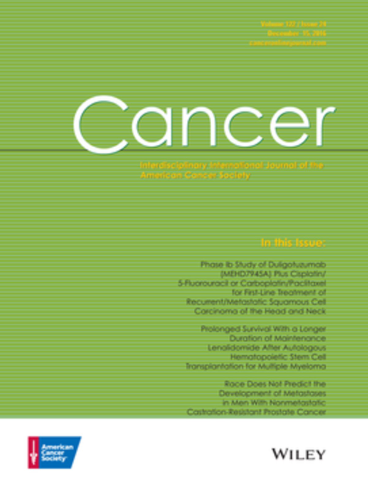Determinants of geographic variation in the incidence of adult nonmalignant meningioma in the United States, 2010–2019
Abstract
Background
US incidence rates of nonmalignant brain tumors are 3-fold higher in highest versus lowest incidence states. A county-level analysis was conducted to assess whether geographic variation in nonmalignant meningioma (NMM) incidence is related to demographics, cancer registry, health care, and other factors.
Methods
Age-adjusted incidence rates of NMM in US counties during 2010–2019 were modeled with data from the Central Brain Tumor Registry of the United States. Demographic, geographic, cancer registry, environmental, health care, health, lifestyle, and socioeconomic factors at the county level were drawn from numerous data sources. Bayesian index regression models were fit containing spatial random effects.
Results
Three domains were significantly associated with rates of NMM at the county level: cancer registry practices (funding source and % radiographically confirmed), socioeconomic status index (higher levels with percent working in white-collar occupations as an important contributor), and demographics (% Black and % female). No associations were observed for general health or environmental factors. In the fully adjusted model, the number of counties with significantly elevated and lowered spatial random effects decreased by 33% and 28%, respectively, compared to a no-covariate model.
Conclusions
Although general health and environmental factors cannot be ruled out in explaining the geographic variation in NMM incidence rates, results suggest that socioeconomic factors, certain demographic characteristics, and cancer diagnosis and registry practices may all play a significant role in driving such variation. These results may have implications for other tumor types diagnosed primarily radiographically or outside hospital settings, where variation in detection and reporting may affect incidence rates.





 求助内容:
求助内容: 应助结果提醒方式:
应助结果提醒方式:


